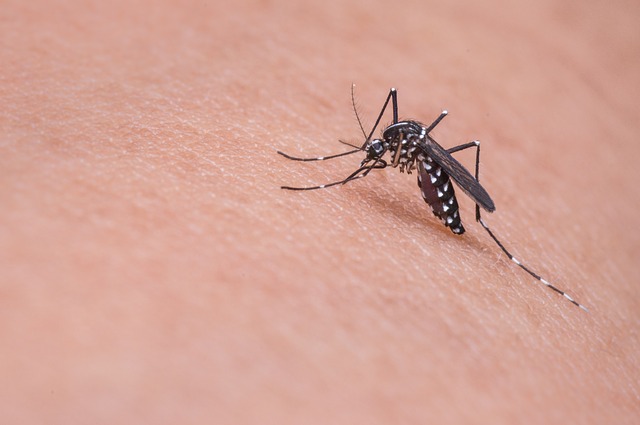
Mosquitos exist virtually everywhere in the world. If you have mosquitos in your home or around the outside of your home, you don’t necessarily have to call an exterminator or purchase some expensive mosquito traps from the home improvement store. Instead, you can create your own home mosquito traps using very simple materials that you probably already have in your home.
The most common homemade mosquito trap involves the use of a 2-liter plastic bottle, 1 gram of yeast, ¼ cup of brown sugar, and 1 cup of water. First, take a knife or scissors and cut the plastic bottle completely in half. Take the brown sugar and mix it in a bowl of hot water. Let the mixture cool off for a few minutes. When it becomes cold, place all the mixture into the bottle’s bottom half that you cut off and then add yeast to it. You don’t have to mix the yeast, though. This is just used to attract mosquitos to the trap. Next, take the upper half of the bottle and place the funnel inside of it, then flip the upper half upside down. Tape the funnel to the bottle to secure it better. With the open lid facing down, place the upper half of the bottle into the bottom half. Finally, place black tape around the bottle to further attract mosquitos to it and place the trap in an area where you want to trap them. Once the mosquitoes get inside the trap, they won’t be able to get out. Make sure to use extra masking tape to seal the cracks off and prevent them from escaping.
The plastic bottle method is a very popular homemade mosquito method. Normally, you would just place the bottle on the ground and let the mosquitoes fly into them. However, you can modify the original method and create a hanging mosquito trap as well. This is useful for people who live in upper floor apartment buildings or who have mosquito problems high up from the ground. All you have to do is cut a hole on each side of the bottom half of the plastic bottle. Make sure the holes are closer to the upper edge, preferably underneath the tape. Then place one end of a 3-4-foot cord into the hole and tie it off. Do the same thing with the other end of the cord on the other hole. Now hang the middle of the cord onto a hook or mount that you have. Alternatively, you can tape the cord to the bottle rather than cut holes.

